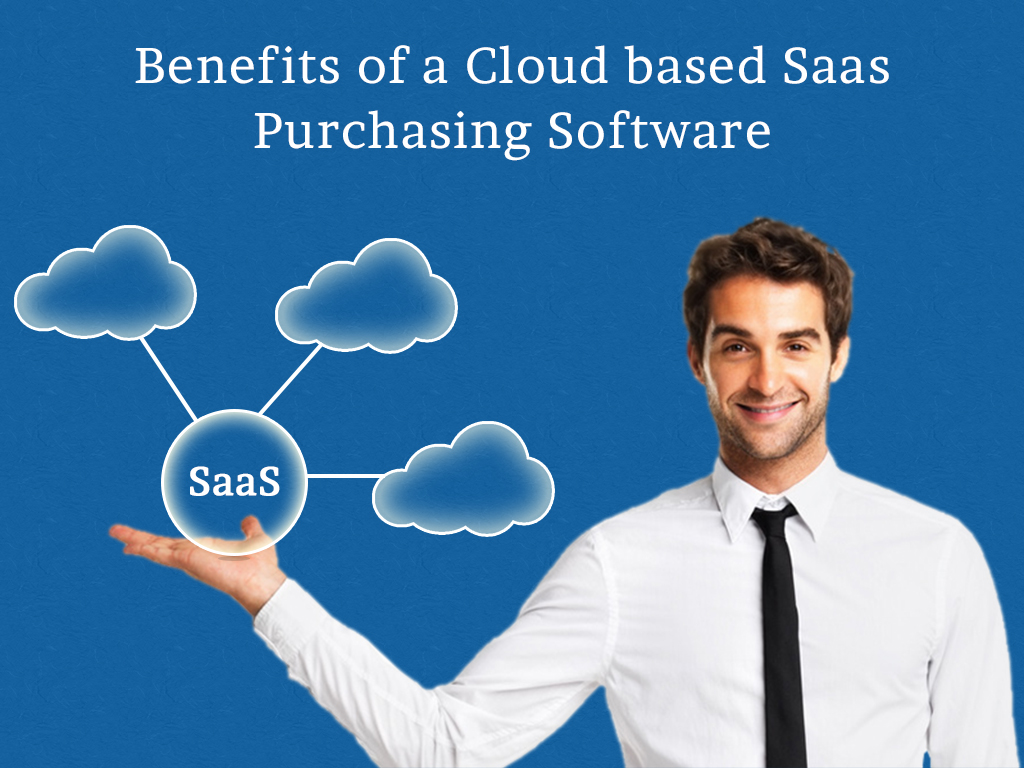This exceprt is taken from “Web-Based, SaaS Purchasing Model Lives Up To Its Promises.”
In a challenging business environment like we have today, Purchasing Managers, CIO’s and CFO’s are using new kinds of technology solutions to increase productivity and decrease costs. CFO’s and CIO’s are attracted to Saas (Software as a Service) and Open Source software because this technology offers a faster, efficient and affordable way to conduct business processes.
For Purchasing Managers and CFO’s, e-Procurement software that is offered as a SaaS solution makes perfect sense because it improves the cost structure of a company, manages spending and demands better pricing from vendors. e-Procurement software (SaaS) or Traditional deployment has equal productivity in that either of them will directly impact the bottom line in a positive way.
E-procurement solutions align purchasing behaviors to corporate objectives, focusing Purchase Managers on the most effective cost control and vendor management. e-Procurement maximizes agility in the face of market change and provides visibility in purchase or spend analytics. e-Procurement solutions greatly reduce administrative time and costs, and the application supports compliance efforts.
When economies slow, CFO’s tighten the purse strings and delay or even cancel big IT projects and capital expenses. SaaS solutions offer up a way to
continue to quickly deploy solutions without excessive costs. If CIO’s are not comfortable with SaaS solutions, then Open Source solutions or solutions
that work on Open Source systems software, like Linux, makes perfect sense.
CFO’s and CIO’s see the distinct financial advantages of a SaaS licensing model.
• Reduces up-front capital expenses
• Reduces the expenses of installing the application
• Reduces the cost of operating the data center
• Reduces the number of training staff
e-Procurement solutions offered on the SaaS model or run on Open-Source platform, like Linux, are well received by CIO’s because of the flexibility of the system and because there is no upfront hardware and software costs. With Saas, there is no costly ongoing software maintenance and no vendor lock if the vendor does not perform.








